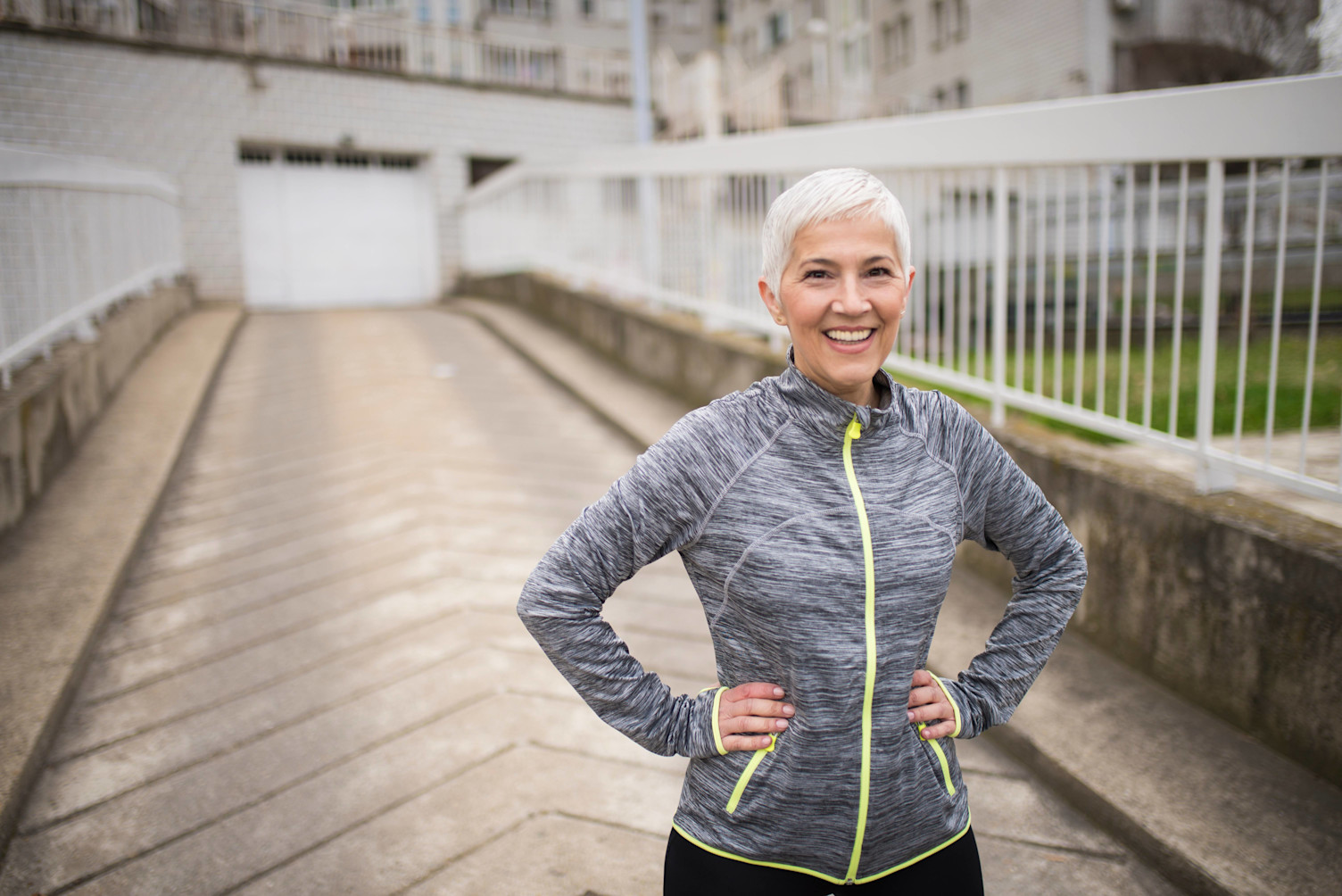Vivir con dolor crónico: consejos de afrontamiento desde el fisioterapeuta
Vivir con dolor crónico puede ser muy difícil. Aprende sobre las estrategias de afrontamiento recomendadas por parte de fisioterapeutas aquí.
$0 costo para usted
Fecha de Publicación: Jul 27, 2023
